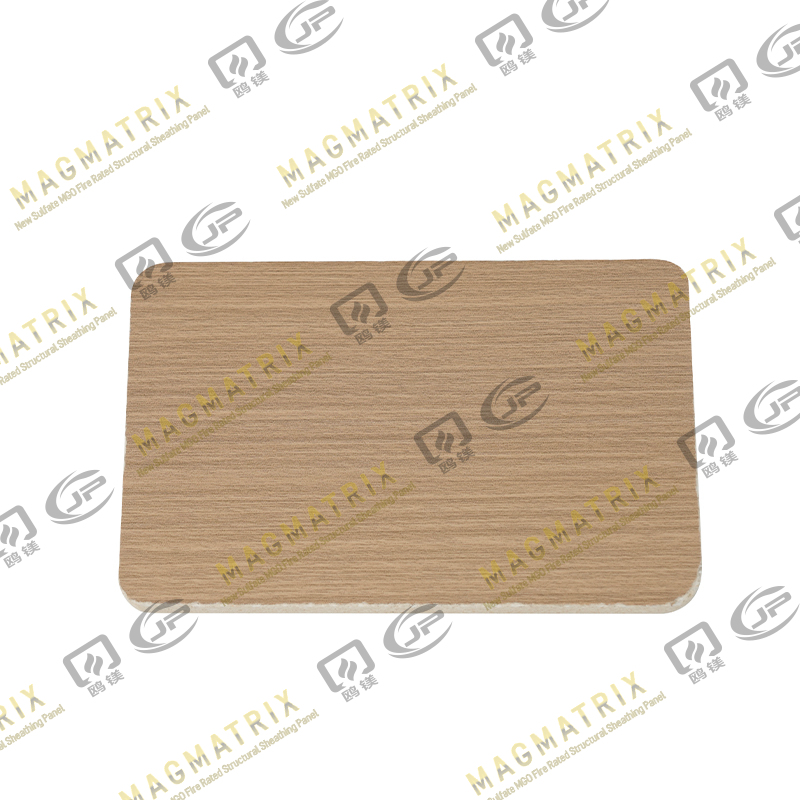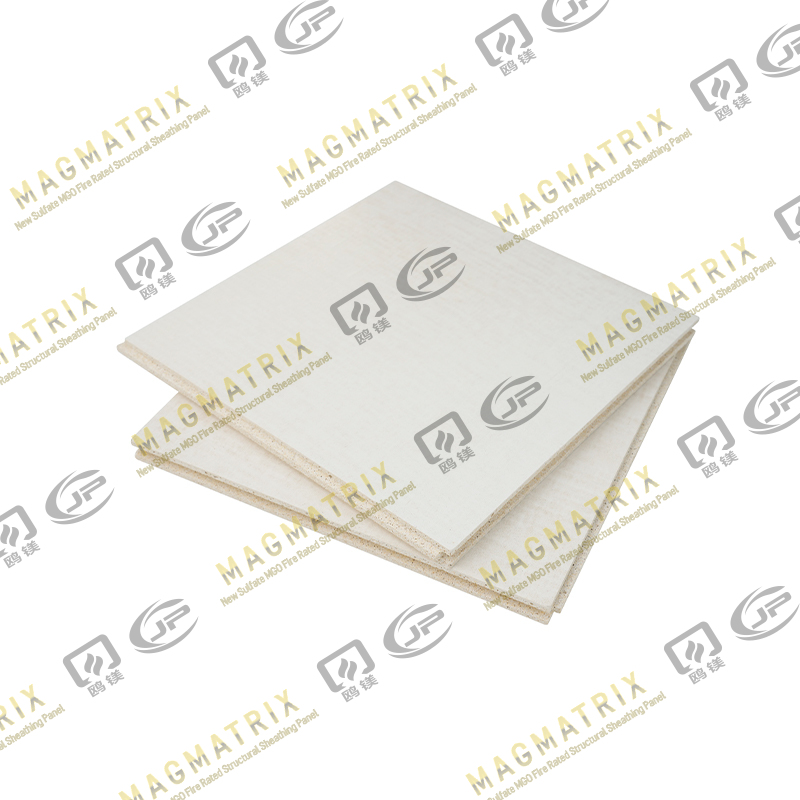When it comes to modern construction materials, Sulfate MGO Board has been gaining popularity due to its lightweight, fire-resistant, and environmentally friendly properties. Traditionally, this type of board is used for interior partitions, ceilings, and wall claddings, but the question arises: can it be used for exterior walls? This article explores the feasibility, advantages, limitations, and best practices for using Sulfate MGO Board in exterior applications.
Understanding Sulfate MGO Board
Sulfate MGO Board is a composite building material made primarily of magnesium oxide (MgO), magnesium sulfate, and reinforcing fibers. Unlike gypsum boards, which are prone to moisture damage, MGO boards exhibit better water resistance and dimensional stability. Some key characteristics of Sulfate MGO Board include:
- Fire resistance: Non-combustible with high-temperature tolerance.
- Water resistance: More resistant to moisture compared to gypsum board.
- Mold and pest resistance: Unattractive to termites and fungi.
- Lightweight and easy to install: Reduces labor costs and structural load.
- Environmentally friendly: Made from natural minerals with low carbon footprint.
Given these features, Sulfate MGO Board seems like a promising candidate for exterior walls. However, several factors must be considered before choosing it for outdoor applications.
Benefits of Using Sulfate MGO Board for Exterior Walls
1. Fire Safety
Exterior walls are often exposed to external fire risks, such as wildfires or accidental ignition sources. Sulfate MGO Board has excellent fire-resistant properties, typically classified as Class A fireproof material. This characteristic ensures that the material will not contribute to fire spread, enhancing overall building safety.
2. Resistance to Mold and Termites
Exterior walls are exposed to humidity, rain, and temperature fluctuations. Sulfate MGO Board resists mold growth and termite infestation, making it a safer alternative to wood-based boards for long-term durability.
3. Lightweight Construction
Using Sulfate MGO Board on exterior walls reduces the structural load compared to heavy cement or brick walls. This is particularly advantageous for prefabricated structures or multi-story buildings, where weight reduction is critical.
4. Ease of Installation
MGO boards can be cut, drilled, and fastened quickly, allowing for faster construction timelines. For exterior walls, this means panels can be quickly installed with proper sealing and finishes, reducing labor costs and construction time.
5. Environmental Friendliness
Many modern developers prioritize sustainable building materials, and Sulfate MGO Board qualifies due to its mineral-based composition, low VOC emissions, and recyclability. Using it for exterior walls can contribute to green building certifications.
Limitations of Sulfate MGO Board for Exterior Walls
Despite its many advantages, Sulfate MGO Board is not inherently waterproof. While it resists moisture better than gypsum boards, prolonged exposure to rain or high humidity can lead to:
- Surface swelling or softening
- Potential deterioration at panel joints
- Decreased mechanical strength over time
Therefore, when using Sulfate MGO Board for exterior walls, proper waterproofing, protective cladding, and maintenance are critical.
1. Moisture Protection
MGO boards must be protected with waterproof coatings, sealants, or siding when installed outdoors. Common options include:
- Exterior-grade paint or acrylic coatings
- Fiber cement or metal cladding
- Weather-resistant membranes behind the boards
Failing to provide adequate protection can negate the inherent durability benefits of Sulfate MGO Board.
2. UV Resistance
Direct sunlight can degrade some surface treatments over time. MGO boards themselves are resistant to UV, but coatings and paints need UV-resistant formulations to prevent discoloration, cracking, or peeling.
3. Structural Reinforcement
While lightweight and strong for interior applications, exterior walls may experience wind loads, seismic activity, or mechanical impact. In such cases, Sulfate MGO Boards should be supported with metal or timber framing, and joints reinforced with high-quality adhesives and fasteners.
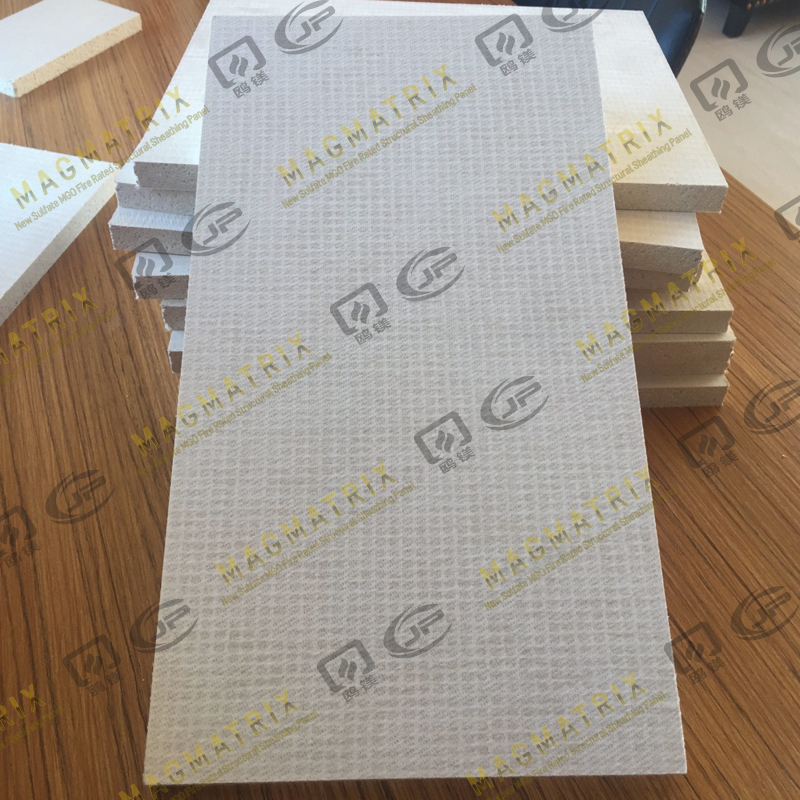
Best Practices for Using Sulfate MGO Board Outdoors
If you decide to use Sulfate MGO Board for exterior walls, following these best practices will ensure longevity and performance:
1. Proper Framing
Use a metal or treated timber frame to support MGO panels. This frame helps distribute loads, resists warping, and allows for ventilation behind the boards.
2. Waterproofing and Sealing
- Seal all panel joints with waterproof tape or flexible sealant.
- Apply a primer and weather-resistant paint or external coating.
- Consider adding flashing and drip edges to prevent water penetration at vulnerable points.
3. Ventilation
Installing a ventilated cavity between the MGO board and the outer cladding allows moisture to escape and prevents condensation buildup, which is especially important in humid climates.
4. Reinforcement at High-Risk Areas
Corners, window openings, and door frames are prone to stress. Reinforce these areas with metal corner beads or extra fasteners to prevent cracking or detachment.
5. Regular Maintenance
Inspect the exterior walls periodically for:
- Cracks in coatings
- Water infiltration signs
- Loose fasteners
Prompt maintenance extends the lifespan of Sulfate MGO Board in outdoor applications.
Case Studies and Applications
Several modern construction projects have successfully used Sulfate MGO Board for exterior applications:
- Prefabricated housing: Lightweight panels allow rapid assembly while maintaining fire and moisture resistance.
- Commercial facades: When combined with fiber cement siding or cladding, MGO boards provide structural support and insulation.
- Renovation projects: Replacing deteriorated exterior gypsum or plywood boards with MGO panels improves durability without adding significant weight.
These examples demonstrate that with proper design and protection, Sulfate MGO Board can be a reliable exterior wall solution.
Comparison with Other Exterior Wall Materials
| Material |
Water Resistance |
Fire Resistance |
Weight |
Cost |
Environmental Impact |
| Sulfate MGO Board |
Medium |
High |
Low |
Medium |
Low |
| Fiber Cement Board |
High |
High |
Medium |
Medium |
Medium |
| Brick/Concrete |
High |
High |
High |
Medium |
Medium |
| Plywood/OSB |
Low |
Low |
Low |
Low |
Medium |
From this comparison, Sulfate MGO Board stands out as lightweight, fire-resistant, and environmentally friendly, but it requires additional moisture protection for exterior use.
Conclusion
The short answer to the question, “Can Sulfate MGO Board be used for exterior walls?” is yes, with precautions. Its fire resistance, lightweight nature, and environmental advantages make it an attractive option for modern construction. However, to ensure durability and performance, it must be properly protected from moisture, UV exposure, and structural stress.
By following best practices—such as using protective coatings, ventilated cavities, reinforced framing, and regular maintenance—Sulfate MGO Board can be an effective and sustainable material for exterior wall applications. As architects and builders continue to prioritize eco-friendly and safe materials, Sulfate MGO Board is likely to become an increasingly common choice for both residential and commercial exteriors.
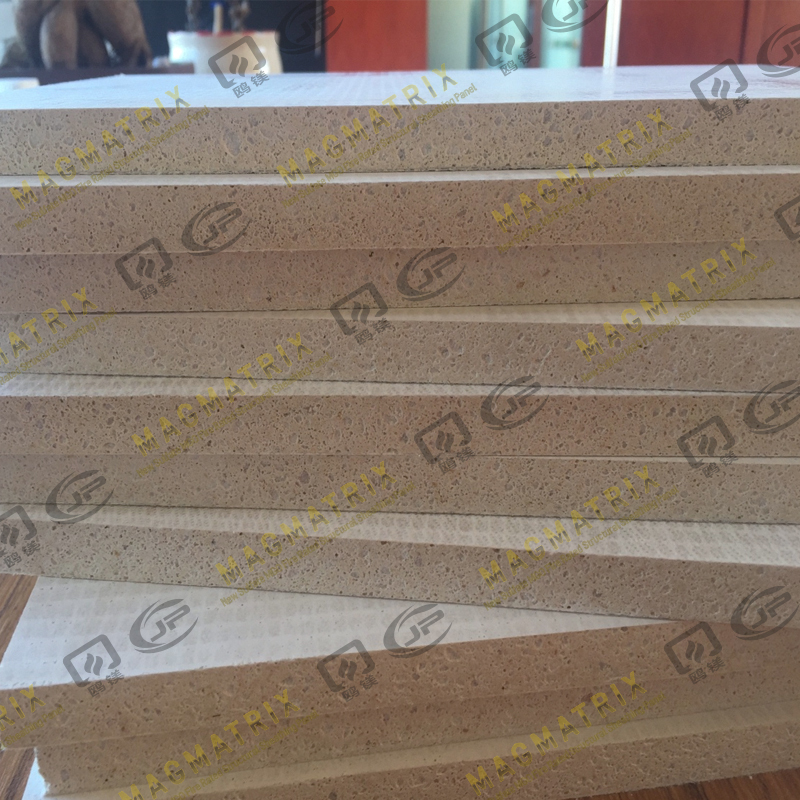 BMSC 517 New Sulfate MgO Board
BMSC 517 New Sulfate MgO Board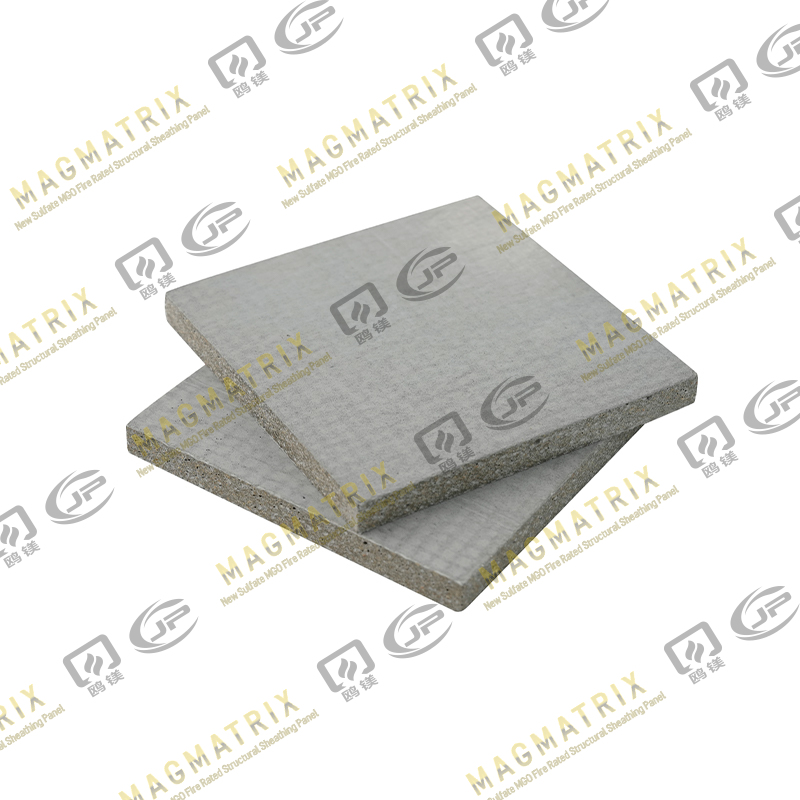 Multi-Support MgO Wall Sheathing Board
Multi-Support MgO Wall Sheathing Board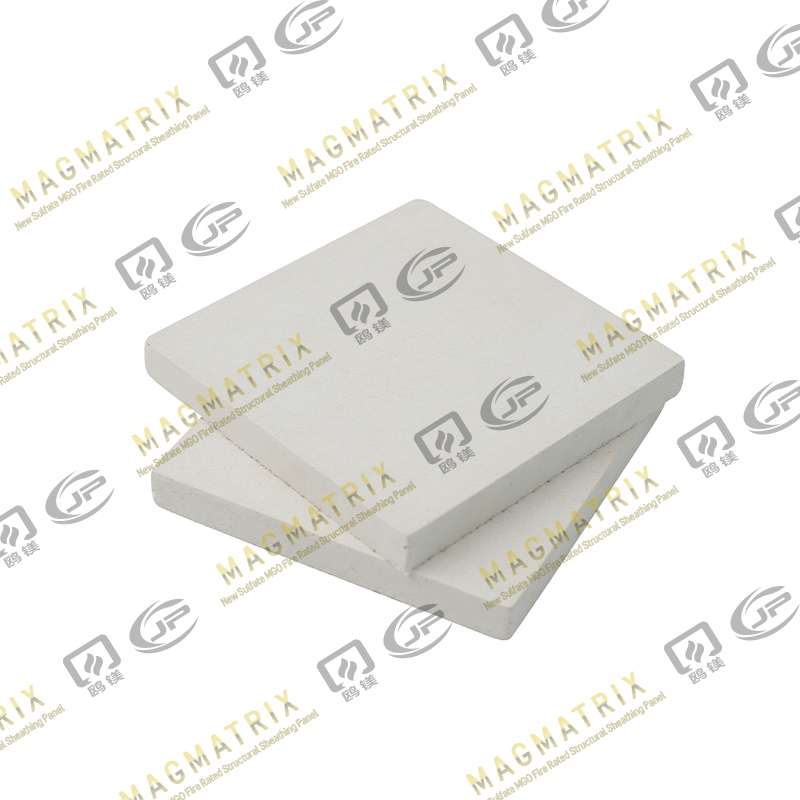 Perseverance MgO Wall Sheathing Board
Perseverance MgO Wall Sheathing Board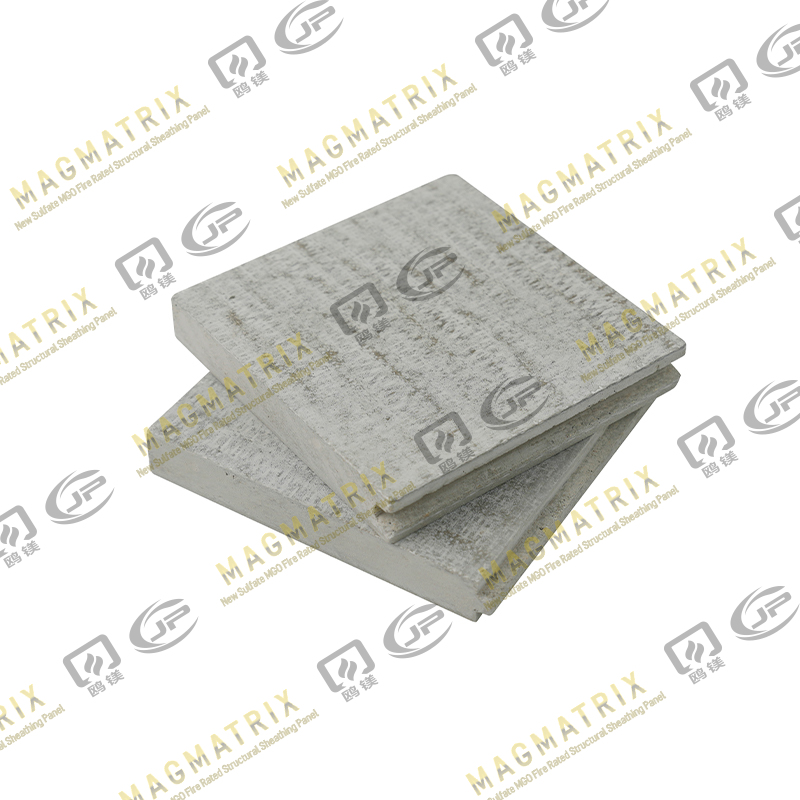 Multi-Support MgO Subfloor Sheathing Board
Multi-Support MgO Subfloor Sheathing Board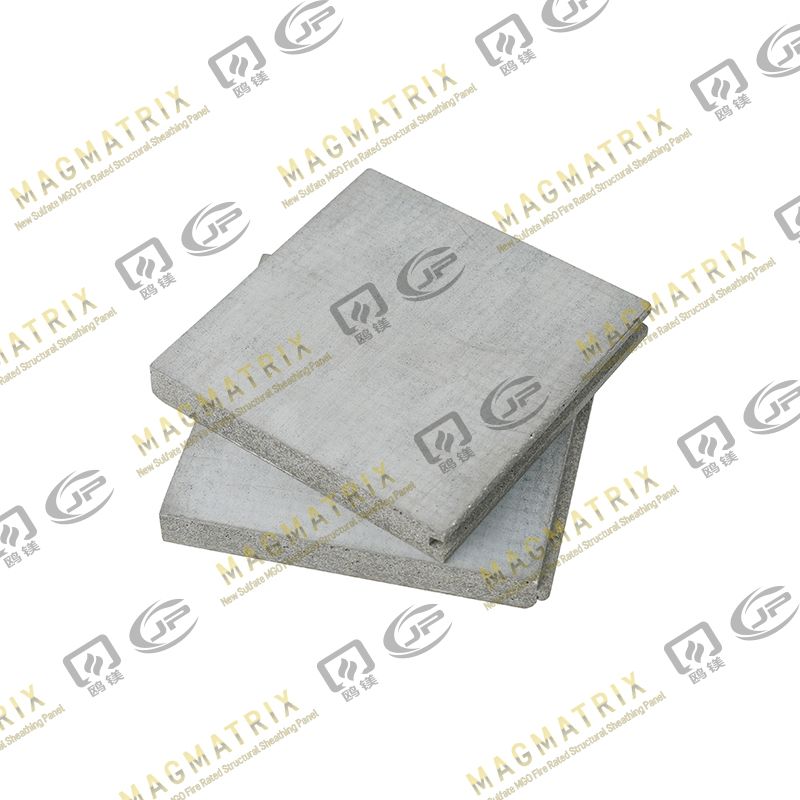 Perseverance MgO Subfloor Sheathing Board
Perseverance MgO Subfloor Sheathing Board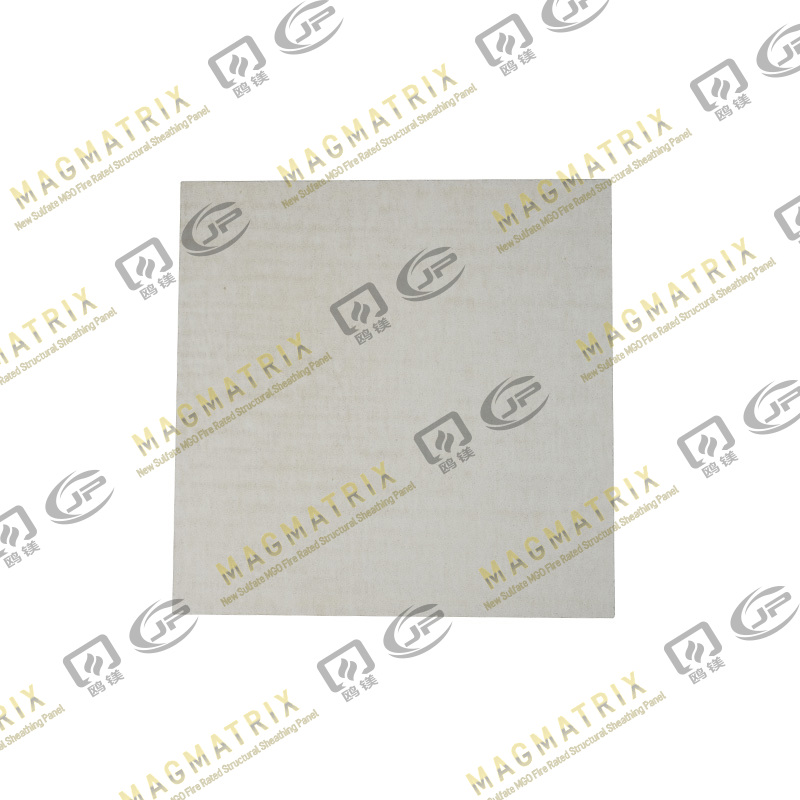 MagMatrix MgO Underlayment Panel/board
MagMatrix MgO Underlayment Panel/board


 English
English русский
русский Español
Español
